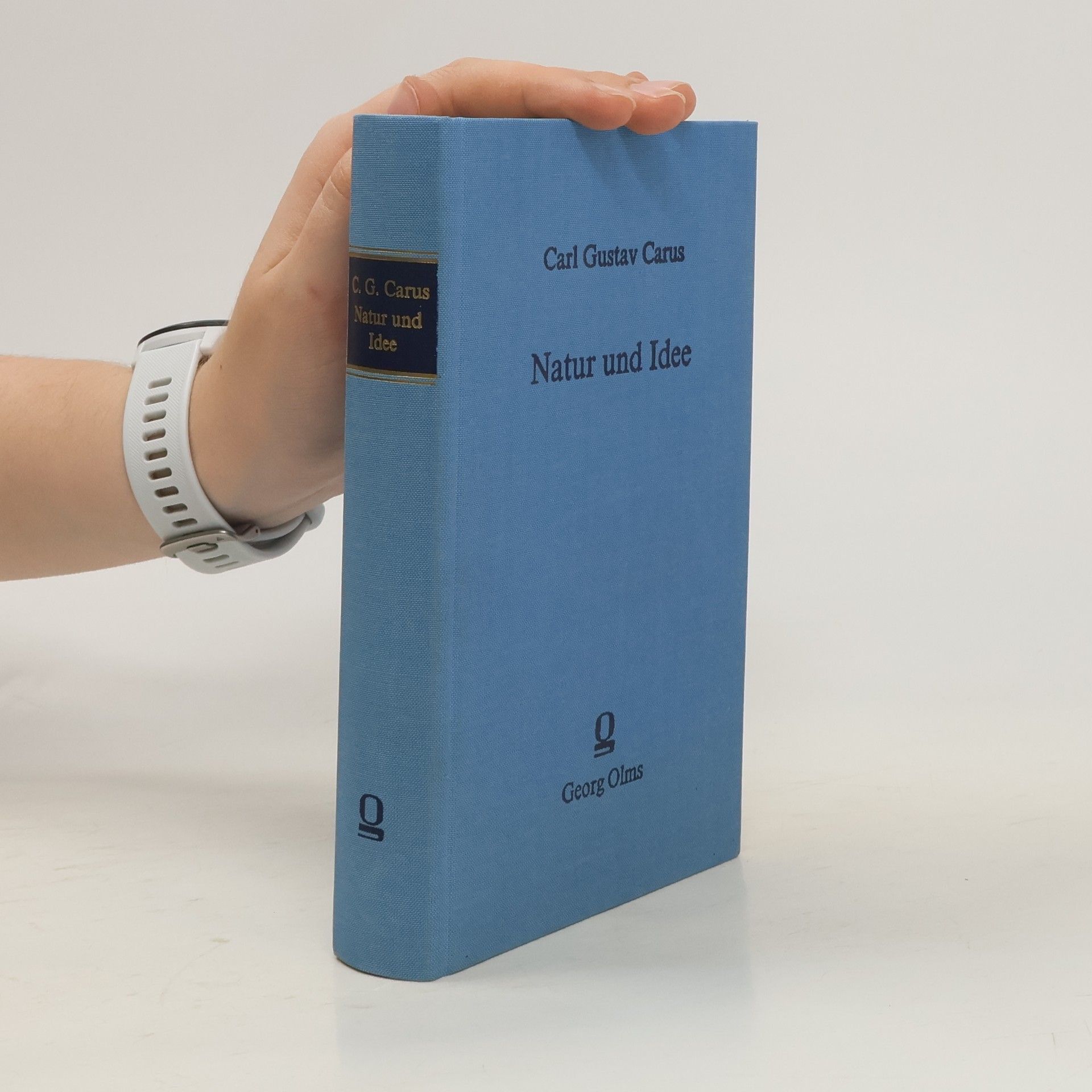Carl Gustav Carus Libros
Carl Gustav Carus fue un fisiólogo y pintor alemán que dejó una marca significativa en la era romántica. Como médico, naturalista, científico y psicólogo, se distinguió por su estudio del inconsciente, al que identificó como la base esencial de la psique. Su obra inspiró a muchos, incluido Carl Jung, quien reconoció a Carus por sus aportes pioneros a la comprensión de los aspectos oscuros de la mente. El legado artístico de Carus también se manifiesta en sus pinturas de paisajes, influenciadas por Caspar David Friedrich.
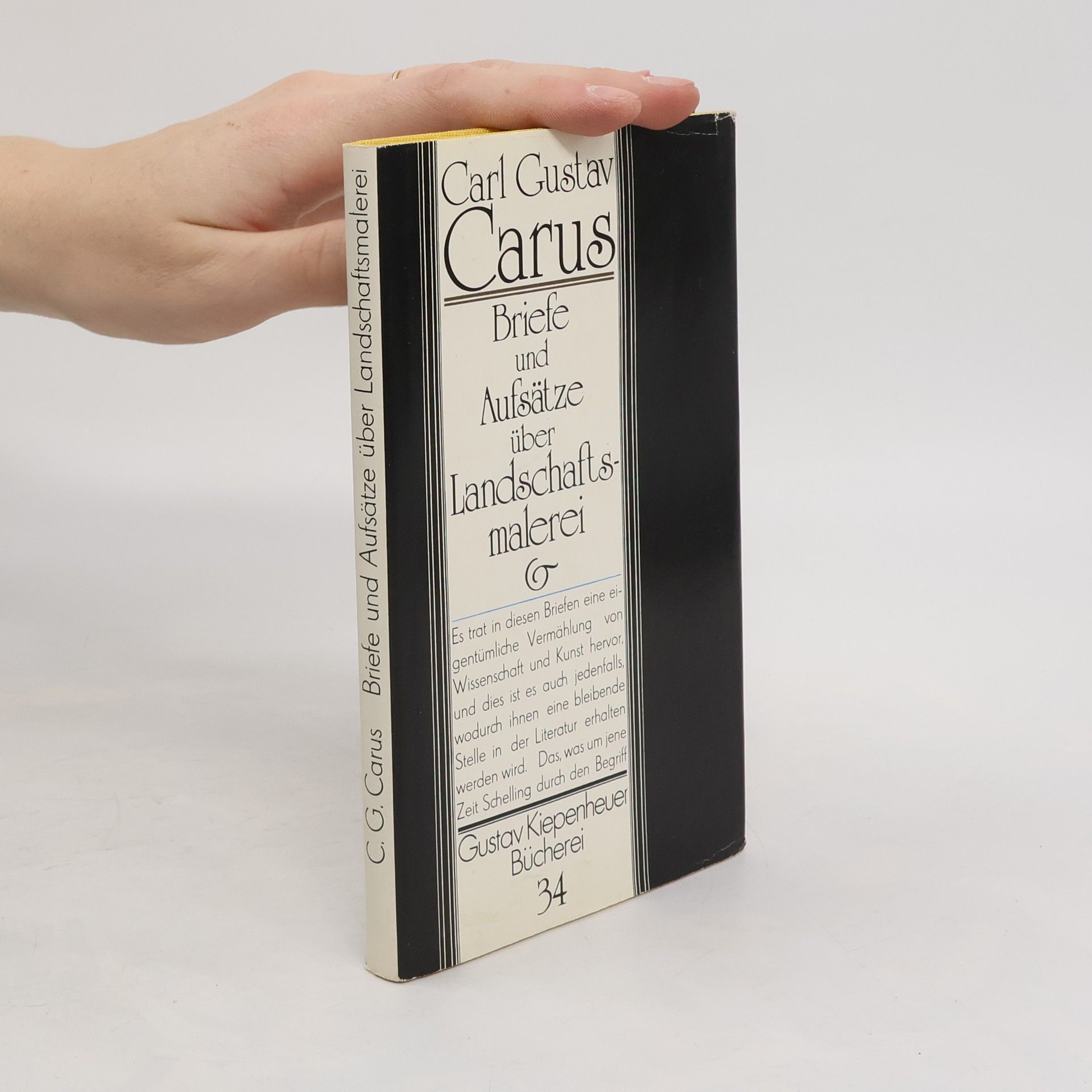


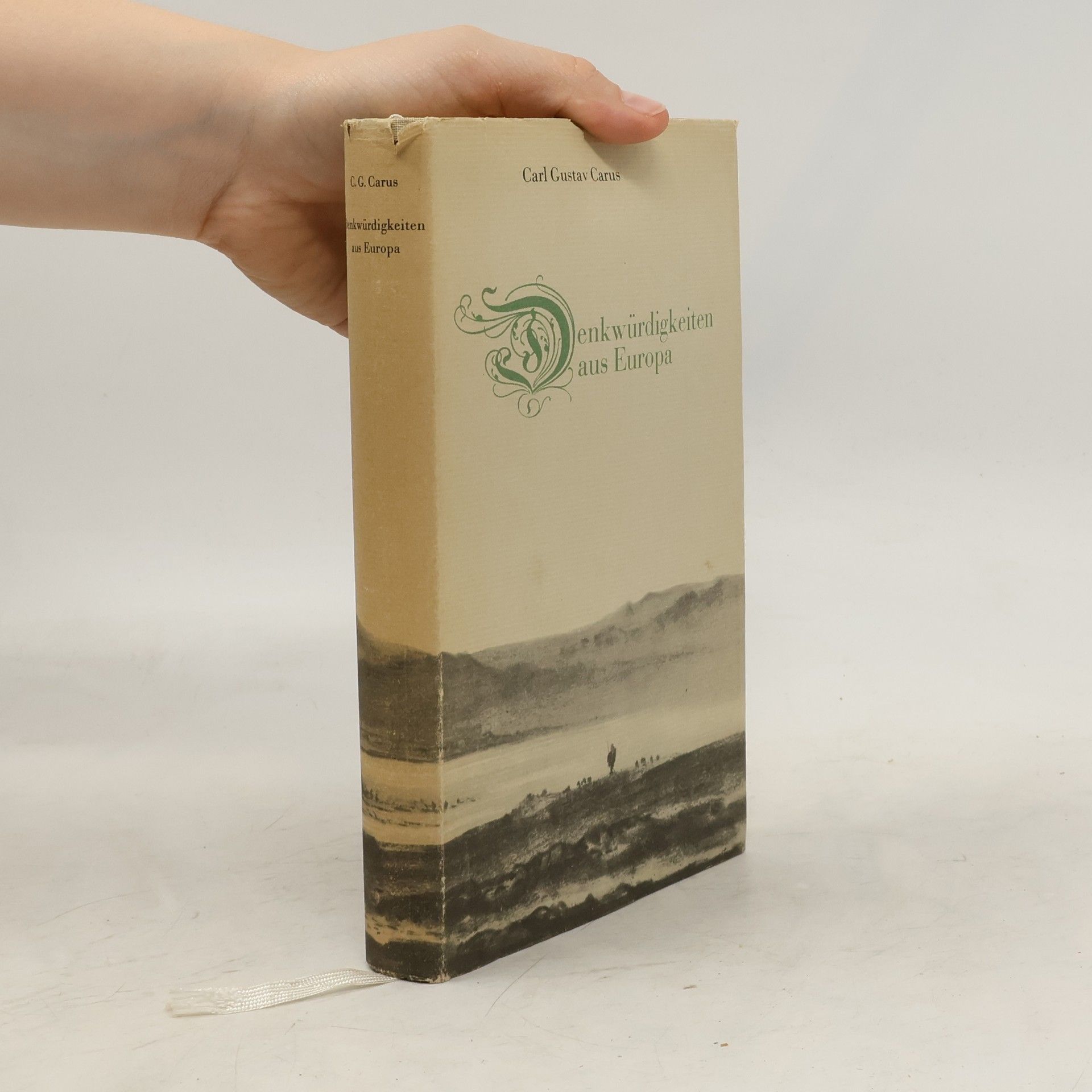
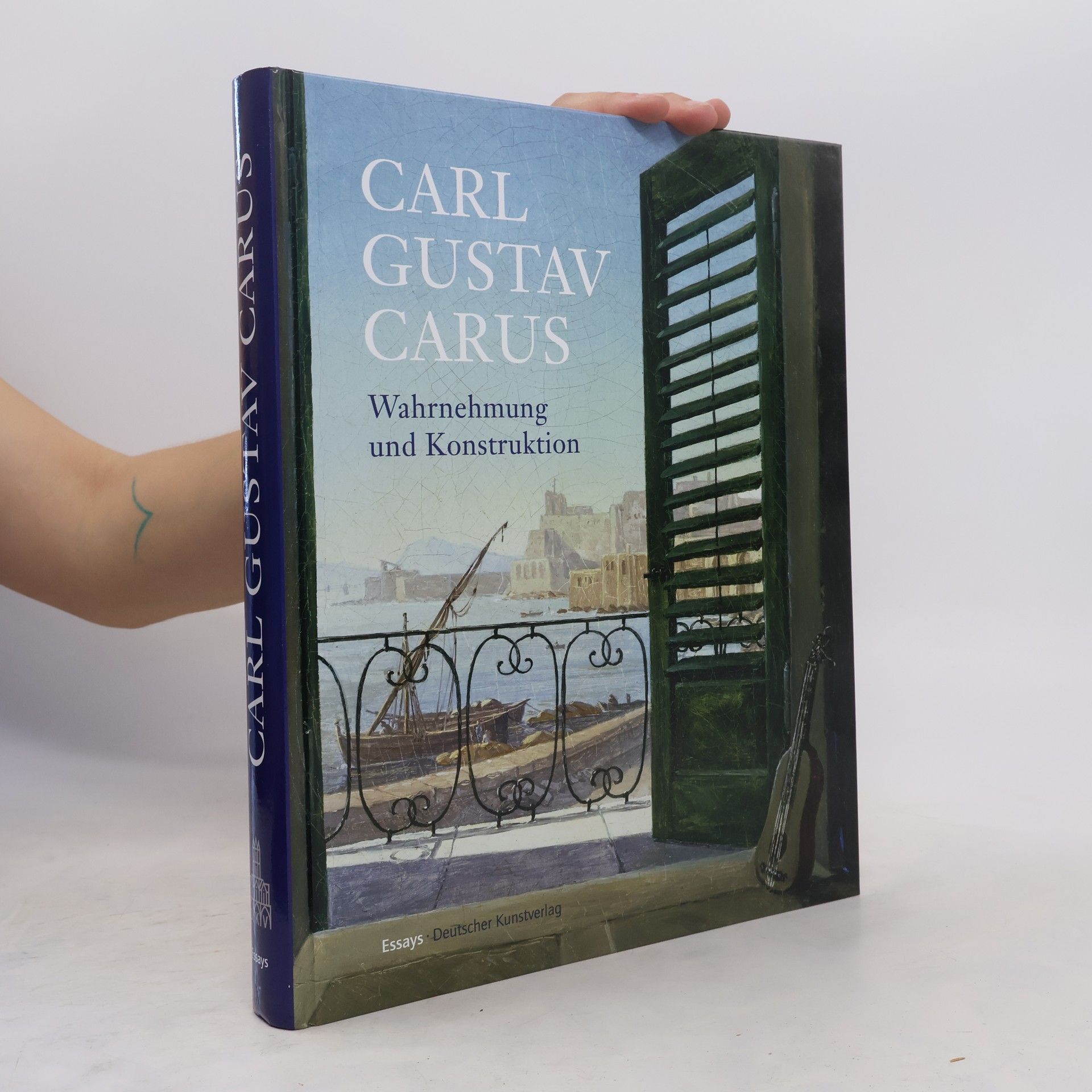
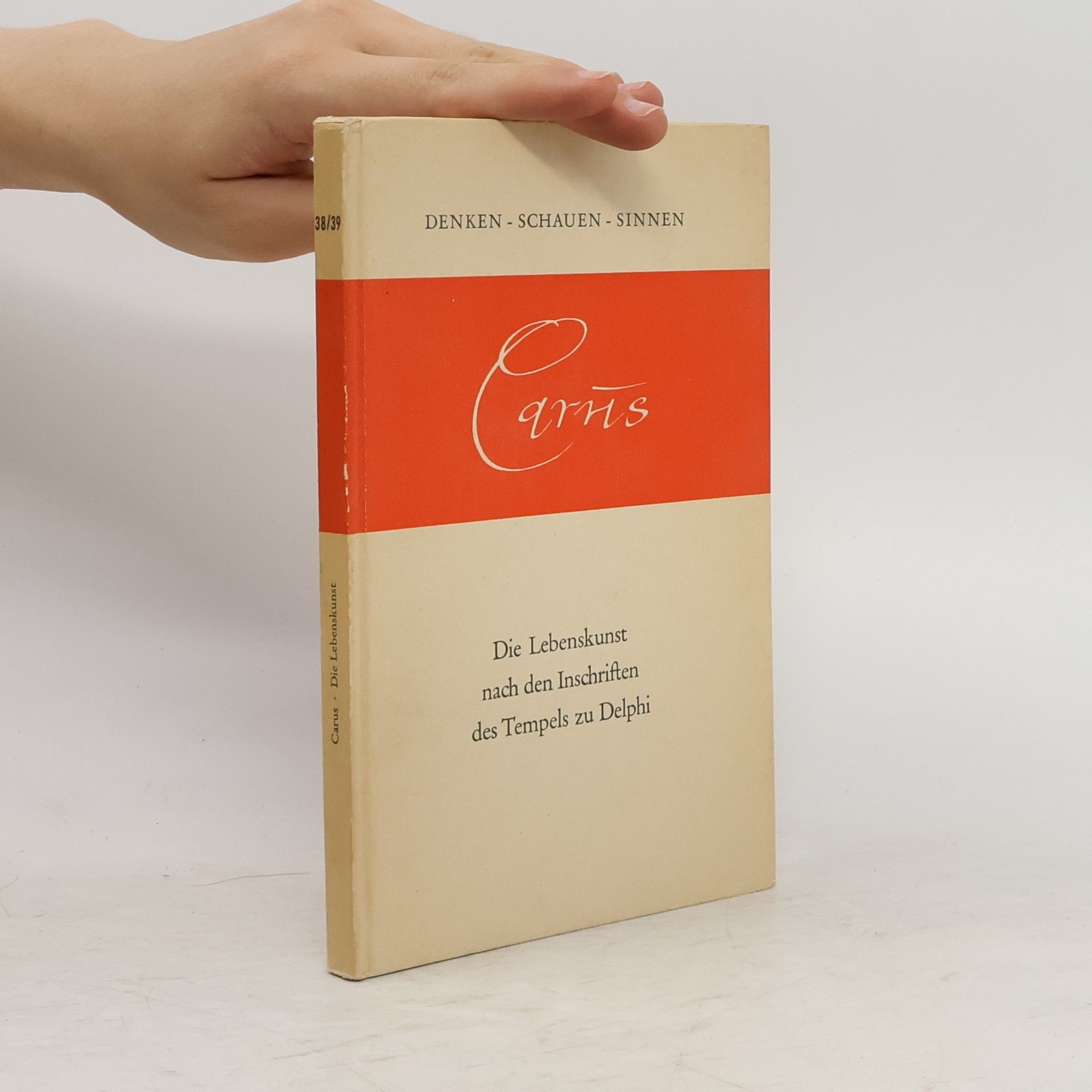
Wahrnehmung und Konstruktion
- 356 páginas
- 13 horas de lectura
Einzelne Aspekte aus Carl Gustav Carus’ Werk und Wirken sind Gegenstand für eine fachübergreifende Betrachtung dieses Essaybandes. Vor dem Hintergrund romantischer Wissenschaftsauffassung, der Carus Zeit seines Lebens verhaftet blieb, untersuchen ausgewiesene Fachleute seine Arbeiten zu medizinischen, kunsttheoretischen, anthropologischen, aber auch psychologischen Themen. Carus pflegte intensive Briefwechsel mit bedeutenden Zeitgenossen, war als Arzt für viele Jahre am sächsischen Hof tätig und seine zahlreichen Schriften wurden auch aufgrund seiner herausragenden gesellschaftlichen Stellung bereits zu seinen Lebzeiten rezipiert. Ergänzt wird die Präsentation und Interpretation seines umfangreichen künstlerischen Werkes schließlich durch die Ergebnisse technischer Untersuchungen der Dresdener und Berliner Gemälde.



